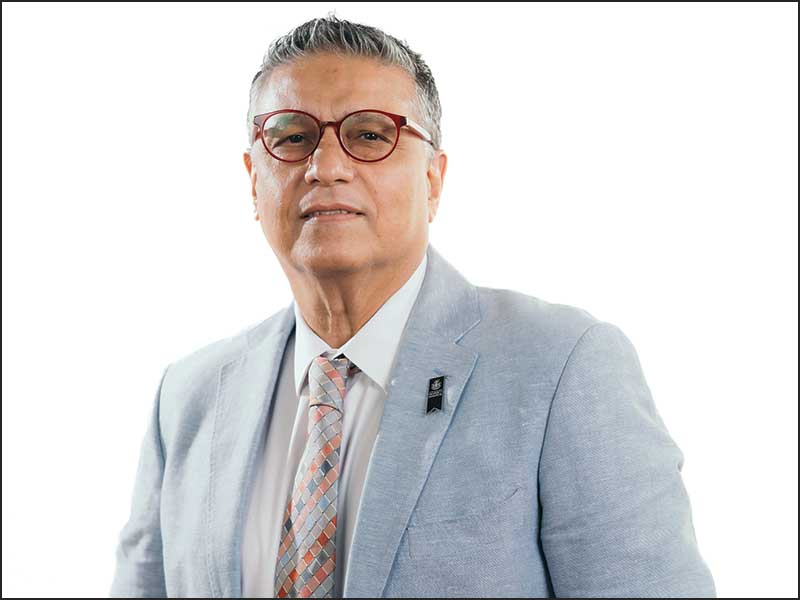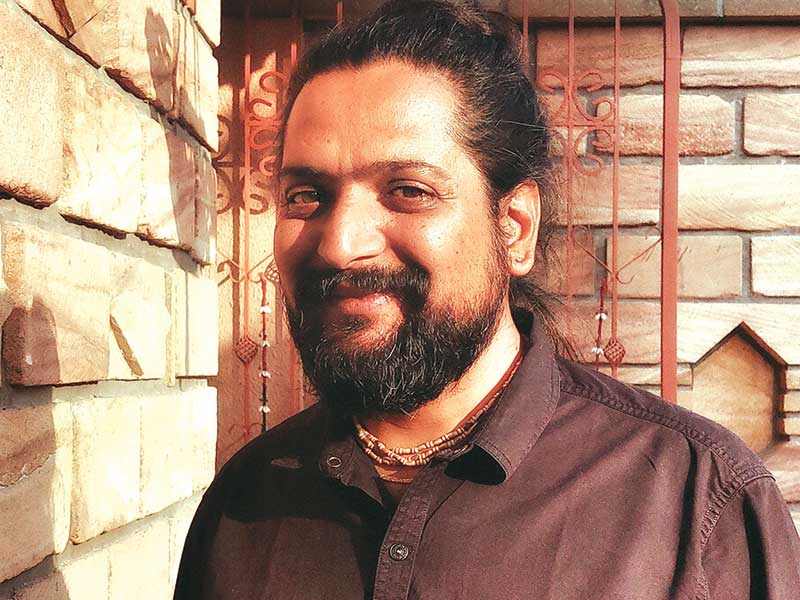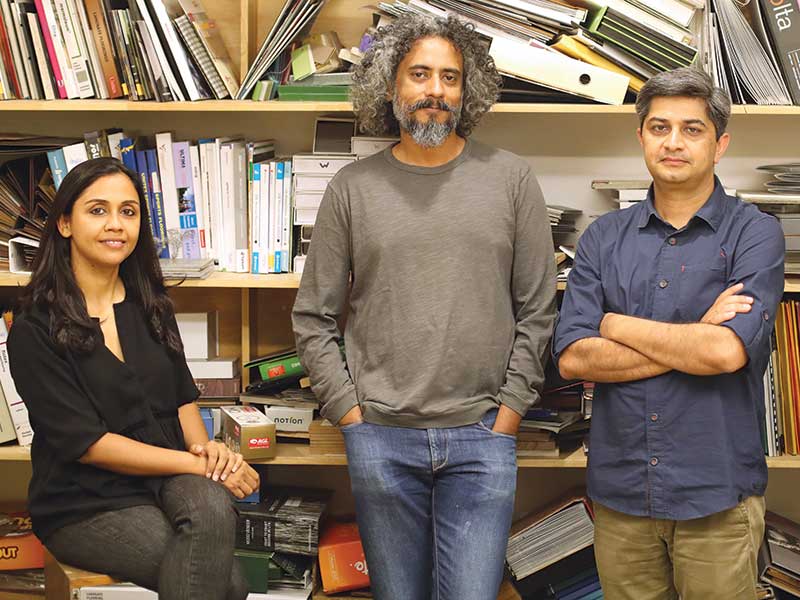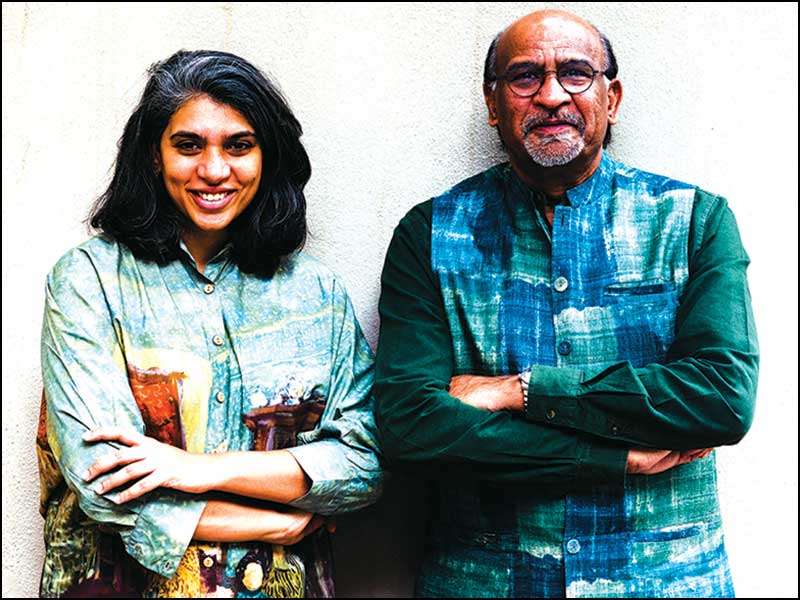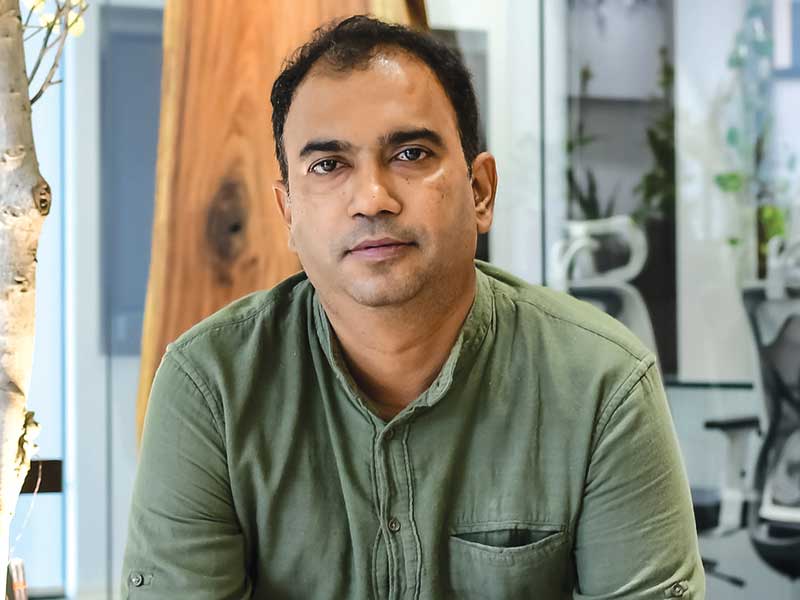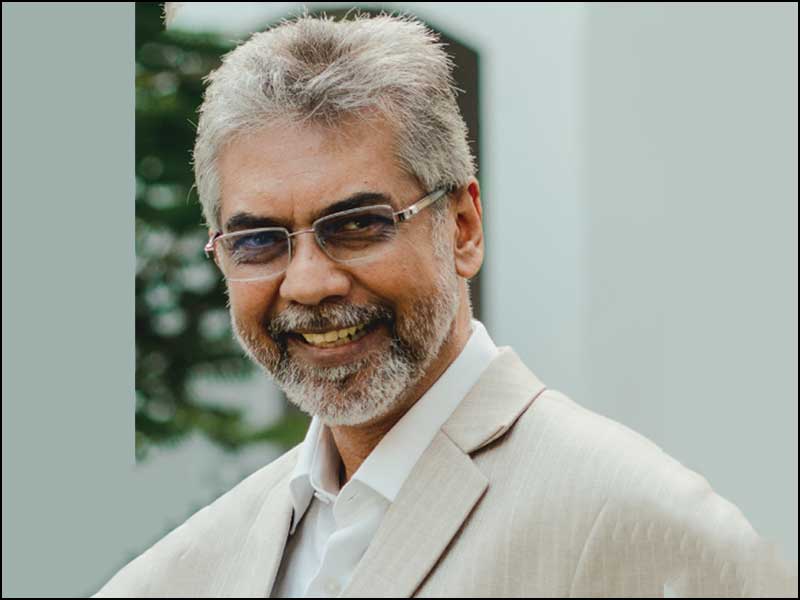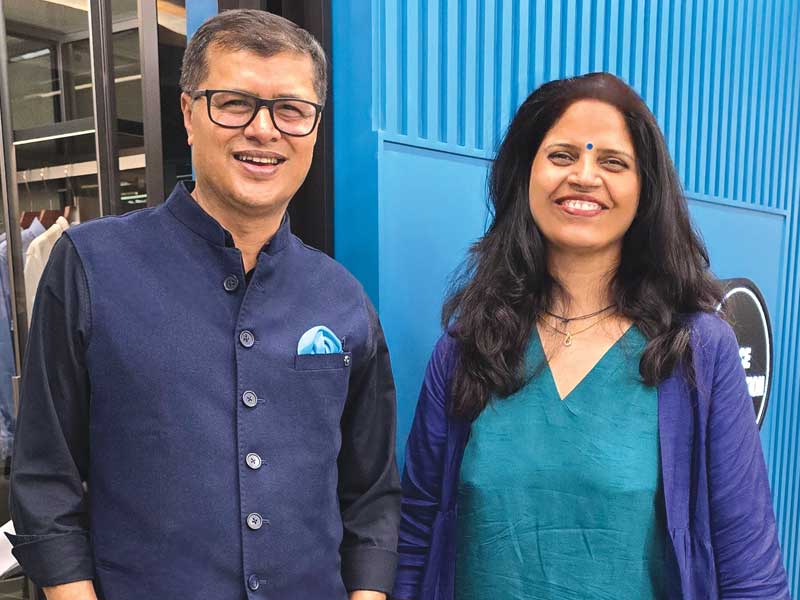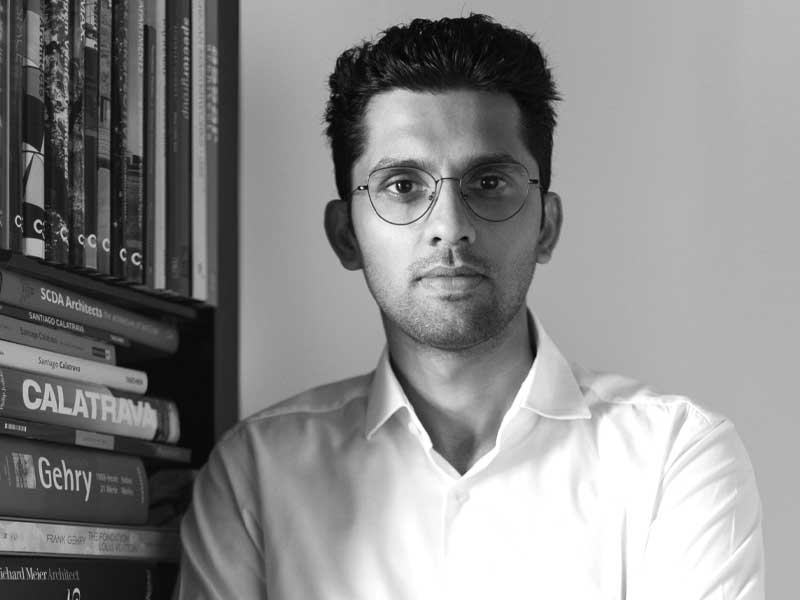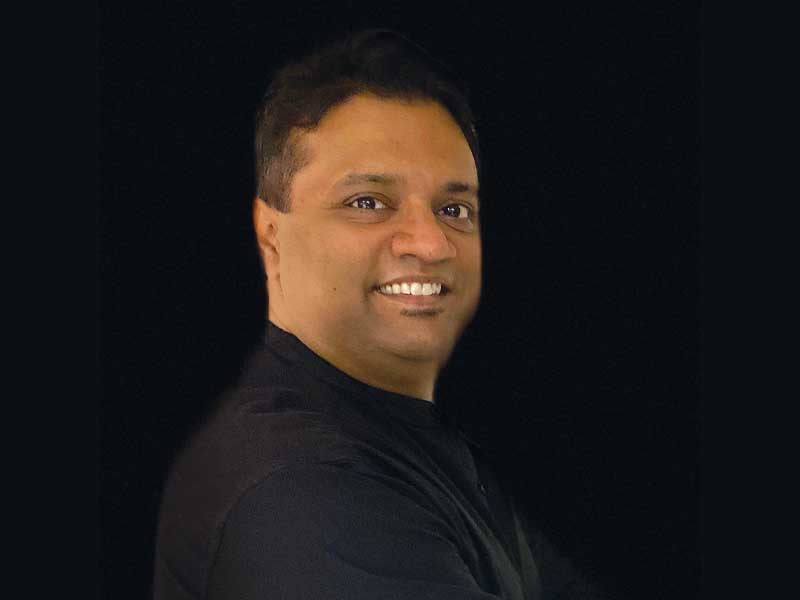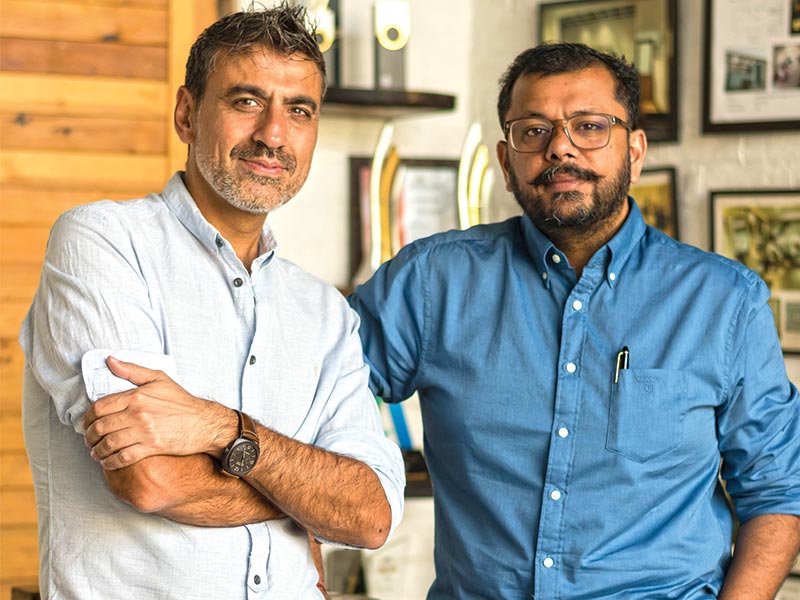
We are in a phase defined by start-ups and the dotcom era. So, people have become receptive to newer styles and solutions due to availability of information, and easy communication within the profession itself. This has not only added knowledge at our end as producers, but also on the clients’ end as consumers. With the vast variety of materials, products and interventions available, it has become easier to provide response to context and address critical socio-cultural issues. So, the idea is to drive the thought process away from cookie cutter solutions to more sensitive statements that are able to craft a more suitable language of spaces.
Technology has added to detail not only at the design level but also in the management and visualisation of a project.
BIM is a technological aspect in the hands of an artist necessary not only to allow playfulness but to ensure deliverance. Such systems have allowed our design interventions to find greater specificity in their environments, and building services to become as much a part of our design process as our materials. These technologies have added to detail not only at the design level but in the management and visualisation too of a project.
The traditional materials in their modern form find great applicability and relevance in present day constructions.
 Townhall, Gurugram
Townhall, GurugramConstruction systems like Precast, PEB, and Drywall will continue to proliferate and diversify to the needs of each project and user.
Construction techniques like Precast, PEB, Drywall are limited to a particular scale of projects and haven’t really found their way into the common architectural language of the time. But, these systems will continue to proliferate and diversify to the needs of each project and user. The advantage of such systems is that they are sustainable, and driven by automation. So, in the future, we will see greater applicability, economic accessibility, and ease of employability of these solutions, whilst providing specificity to design and context.
We are seeing a breakaway from traditional forms of designs to create more inclusive paradigms.
We are finding greater social relevance in our projects in an effort to craft a new architectural language and thought for the time. There is greater focus on learning how the current generation and future generation uses or is expected to use the space. There is tremendous effort in reducing the carbon footprint and bring efficiency to the construction process, and sensitivity towards all strata and cultures of our society. Architecture is undergoing a transformation and re-approaching earlier concepts and methodologies, which is largely a result of the technological breakthrough we have witnessed in the last few decades.

